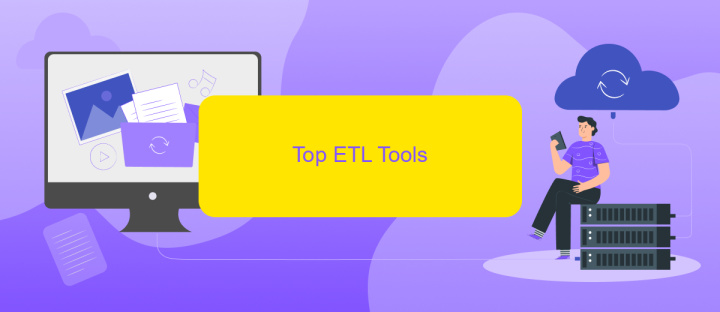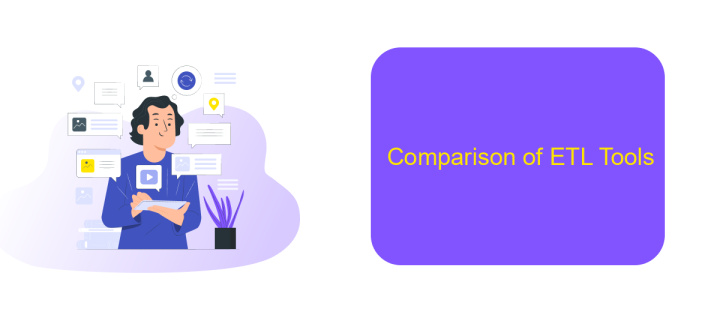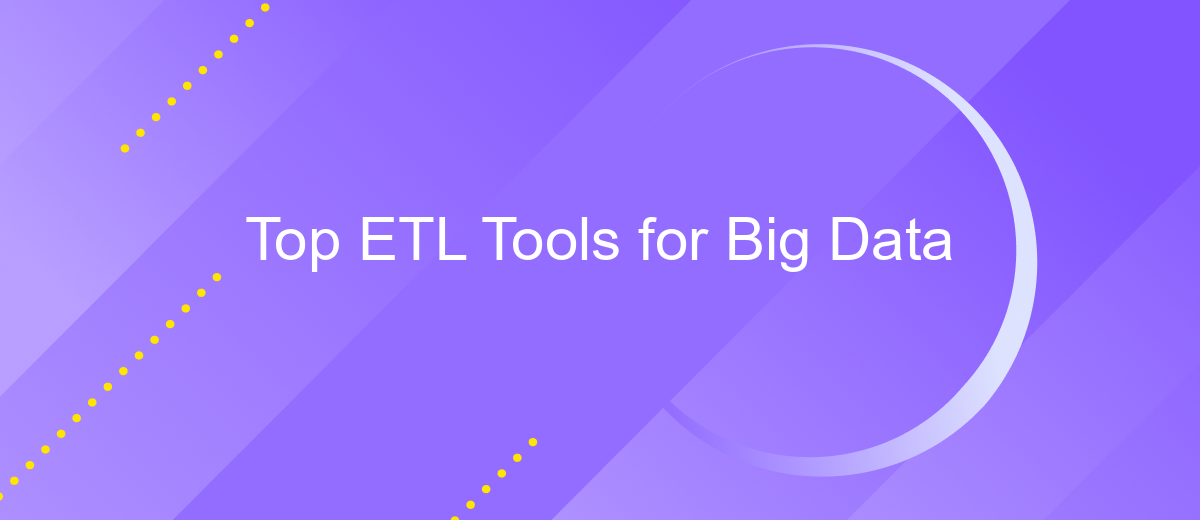Top ETL Tools for Big Data
In the age of big data, efficiently extracting, transforming, and loading (ETL) vast amounts of information is crucial for businesses to gain actionable insights. Choosing the right ETL tool can significantly impact data processing and analytics. This article explores the top ETL tools available today, highlighting their features, benefits, and how they can help streamline your big data workflows.
Introduction
In today's data-driven world, the ability to efficiently extract, transform, and load (ETL) data is crucial for businesses aiming to leverage big data analytics. ETL tools streamline the process of integrating data from various sources, transforming it into a usable format, and loading it into data warehouses or other storage solutions. This ensures that organizations can make informed decisions based on accurate and timely data.
- Extract: Pulling data from diverse sources such as databases, APIs, and flat files.
- Transform: Converting data into a consistent format, removing duplicates, and applying business rules.
- Load: Storing the transformed data into a target system like a data warehouse or data lake.
Among the many ETL tools available, ApiX-Drive stands out for its ease of use and powerful integration capabilities. It enables seamless integration between various services, automating data workflows and ensuring data consistency across platforms. With tools like ApiX-Drive, businesses can focus on analyzing data rather than worrying about the complexities of data integration.
Key Features to Consider

When selecting an ETL tool for big data, it is crucial to consider its scalability and performance. The tool should efficiently handle large volumes of data and support horizontal scaling to manage growing data needs. Additionally, it should offer robust data transformation capabilities, allowing for complex data manipulation and enrichment. User-friendly interfaces and comprehensive documentation are also essential, as they simplify the learning curve and enhance productivity for both technical and non-technical users.
Another key feature to consider is integration flexibility. The ETL tool should seamlessly connect with a wide range of data sources and destinations, including cloud services, databases, and APIs. For instance, ApiX-Drive is a valuable service that facilitates easy integration with various platforms, automating data workflows without requiring extensive coding. Security features, such as data encryption and access controls, are equally important to ensure data integrity and compliance with regulatory standards. Lastly, consider the tool's support and community resources, which can be instrumental in troubleshooting and optimizing your ETL processes.
Top ETL Tools

When it comes to managing big data, choosing the right ETL (Extract, Transform, Load) tool is crucial. These tools help in efficiently processing and transforming large volumes of data from various sources into meaningful insights. Here are some of the top ETL tools you should consider:
- Talend: Known for its open-source nature, Talend provides a wide range of data integration and management solutions.
- Apache NiFi: A robust tool for automating data flow between systems, known for its real-time data processing capabilities.
- Informatica PowerCenter: A highly scalable and comprehensive ETL tool that supports a broad range of data integration needs.
- ApiX-Drive: This service simplifies integration processes by allowing easy setup of data flows between various applications and systems without requiring extensive coding skills.
- Microsoft SQL Server Integration Services (SSIS): A powerful ETL tool that integrates seamlessly with Microsoft's ecosystem, ideal for enterprises using SQL Server.
Each of these tools offers unique features tailored to different business needs. Whether you need real-time data processing, seamless integration, or extensive data transformation capabilities, there is an ETL tool that fits your requirements. Evaluate your specific needs to choose the best tool for your big data projects.
Comparison of ETL Tools

When choosing an ETL tool for big data, it’s essential to consider several factors such as ease of use, scalability, and integration capabilities. Different tools offer unique features that cater to various business needs.
Some ETL tools excel in handling large volumes of data, while others provide seamless integration with a wide range of data sources. For instance, ApiX-Drive is known for its user-friendly interface and robust integration options, making it a popular choice for businesses looking to automate data workflows without extensive technical expertise.
- Ease of Use: How intuitive is the tool for new users?
- Scalability: Can the tool handle increasing volumes of data efficiently?
- Integration: Does it support a wide range of data sources and destinations?
- Cost: Is the pricing model suitable for your budget?
Ultimately, the best ETL tool for your organization will depend on your specific requirements and existing infrastructure. By carefully evaluating these factors, you can select a solution that enhances your data processing capabilities and drives better business outcomes.
Conclusion
In conclusion, selecting the right ETL tool is paramount for efficiently managing and processing big data. Each tool comes with its unique set of features, strengths, and weaknesses, making it essential to align your choice with your specific business requirements and technical capabilities. The right ETL tool can significantly streamline data workflows, enhance data quality, and ensure seamless integration across various data sources.
Moreover, leveraging services like ApiX-Drive can further simplify the integration process, enabling businesses to automate data transfers between numerous platforms without extensive coding. By choosing an ETL tool that complements your data strategy and utilizing integration services to bridge gaps, organizations can unlock the full potential of their big data initiatives, driving better insights and more informed decision-making.
FAQ
What are the top ETL tools for big data in 2023?
How do I choose the best ETL tool for my organization?
Can ETL tools handle both structured and unstructured data?
What are some common challenges when implementing ETL processes for big data?
How can I automate and streamline my ETL processes?
Time is the most valuable resource for business today. Almost half of it is wasted on routine tasks. Your employees are constantly forced to perform monotonous tasks that are difficult to classify as important and specialized. You can leave everything as it is by hiring additional employees, or you can automate most of the business processes using the ApiX-Drive online connector to get rid of unnecessary time and money expenses once and for all. The choice is yours!

